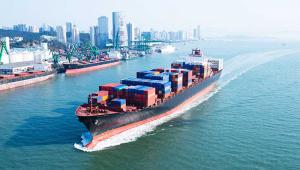Interest rates on new developing country borrowing increased by an average 2.2 percentage points over the course of 2018, according to the Jubilee Debt Campaign.
The campaign group’s calculations revealed the yields on low-and lower-middle income country debt increased by seven times more than borrowing for the US government. Yields measure the likely interest rate for governments on new loans.
Tim Jones, economist at the Jubilee Debt Campaign, warned of the impact that the rising costs of borrowing and falling commodity prices could have.
“Urgent action is needed to prevent this turning into a full-blown debt crisis,” he said.
“This includes rules to make all loans transparent to help ensure when money is borrowed, it is spent well. And in response to debt crises the IMF should require debt restructurings, rather than bailing out reckless lenders.”
Commodities are the main exports for many developing countries and generates important income from abroad needed to pay international debts.
The Bloomberg commodity index fell 10% over 2018 and is now at the lowest level since April 2016. In the last year the copper price has fallen by 20%, coffee by 22% and zinc by 26%, the campaign group added.
The calculations were based on 25 low-and lower-middle income country governments. It found the average yield increased from 5.8% in January 2018 to 8% in December.
In contrast, yields on 10-year US government debt have increased from 2.4% in January 2018 to 2.7% an increase of 0.3 percentage points.
Within these countries, yields have increased most for African countries, by 2.5 percentage points, and now average 8.6%. In Asia they have risen by 1.3 percentage points, and now average 6.6%.
Bonds make-up 23% of the external debt of low and lower-middle income countries. A further 30% of the debt is owed in other ways to private lenders.
One quarter (25%) of debt is owed to multilateral institutions such as the World Bank, and 22% to other governments.
In November last year the World Bank revealed borrowing by low- and middle-income countries more than tripled in 2017 compared to the year before.
The IMF has been contacted for comment.







